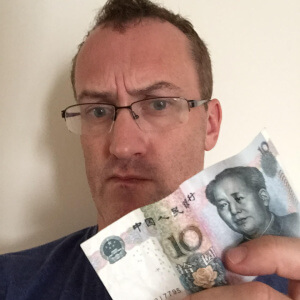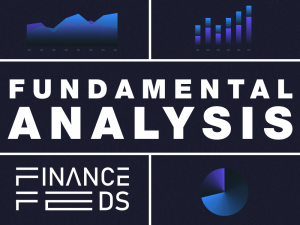Chinese yuan becomes reserve currency today as IMF includes it in SDR basket
Would you believe it? Contrary to the thoughts of many industry leaders and banking executives, the Chinese yuan will indeed be added to the International Monetary Fund’s basket of reserve currencies. The yuan’s elevated status of becoming a reserve currency will be effective from today, Monday, November 30. Whilst FinanceFeeds remains very skeptical that the […]

Would you believe it?
Contrary to the thoughts of many industry leaders and banking executives, the Chinese yuan will indeed be added to the International Monetary Fund’s basket of reserve currencies.
The yuan’s elevated status of becoming a reserve currency will be effective from today, Monday, November 30. Whilst FinanceFeeds remains very skeptical that the yuan will be able to gain full, unrestricted reserve status in the same way that the free market majors stand, it is remarkable that the yuan has achieved reserve status following the Chinese government’s response to the IMF’s requirements which were set forth a few months ago.
The Chinese currency will be included in the existing reserve basket under the designation of ‘Special Drawing Rights’, which is often denoted by the acronym SDR or XDR, which currently includes the U.S. dollar ($) 41.9%, euro (€) 37.4%, pound sterling (£) 11.3%, and Japanese yen (¥) 9.4%.
China’s communist government, closed domestic business environment and capital control laws have been a barrier to the very strong yuan having become accepted as a reserve currency thus far, as communist systems do not align with the free market and conducting business between one and another is in some cases impossible.
China has been, as always, very clever in maintaining a strict control over its own domestic affairs, whilst brokering gigantic, international trade deals with foreign firms and banks across all sectors, at government level.
The Chinese government owns a minimum of 50% in every company in China, large or small, and therefore has massive commercial power globally, as well as the business acumen required to facilitate ease of business and complete national alignment and organization within China.
A well-oiled machine which exudes sophistication, China’s commercial and economic prowess is now relied upon by all entities worldwide, hence the yuan represents a vast 2.79% of all payment transactions globally, putting it in fourth position behind the Dollar, Euro and Pound, and ahead of the Canadian dollar, Australian dollar and Japanese yen.
Bearing in mind that many Chinese businesses have to convert their yuan via the government in order to settle commercial payments overseas, it is likely that the figure is higher when bearing in mind total payments from China which are handled by government departments converting the funds before sending them overseas.
Although the collective currencies included in the Special Drawing Rights basket do not constitute an actual currency per se, they represent a claim to currency held by IMF member countries for which they may be exchanged.
As they can only be exchanged for U.S. dollars, euro, pounds sterling, or Japanese yen, currencies with Special Drawing Rights may actually represent a potential claim on IMF member countries’ nongold foreign exchange reserves, which are usually held in those currencies. While they may appear to have a far more important part to play or, perhaps, an important future role, being the unit of account for the IMF has long been the main function of the special drawing rights assets.
As far as industry viewpoints are concerned, Diana Choyleva, chief economist at Lombard Street Research made a public statement on the inclusion of the yuan”
“Acceptance into the elite currency club is a recognition of the progress China has made in recent years to liberalize its financial system. At the behest of the IMF, China has stepped up these efforts since the summer with a view to claiming the prize of SDR membership.”









